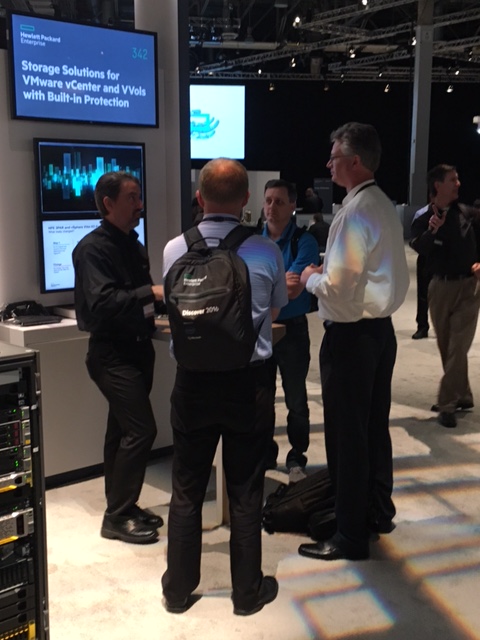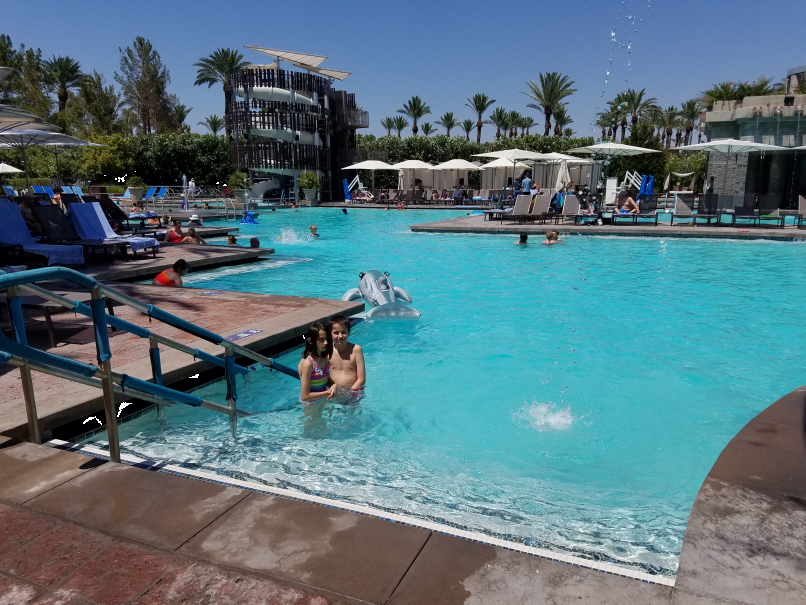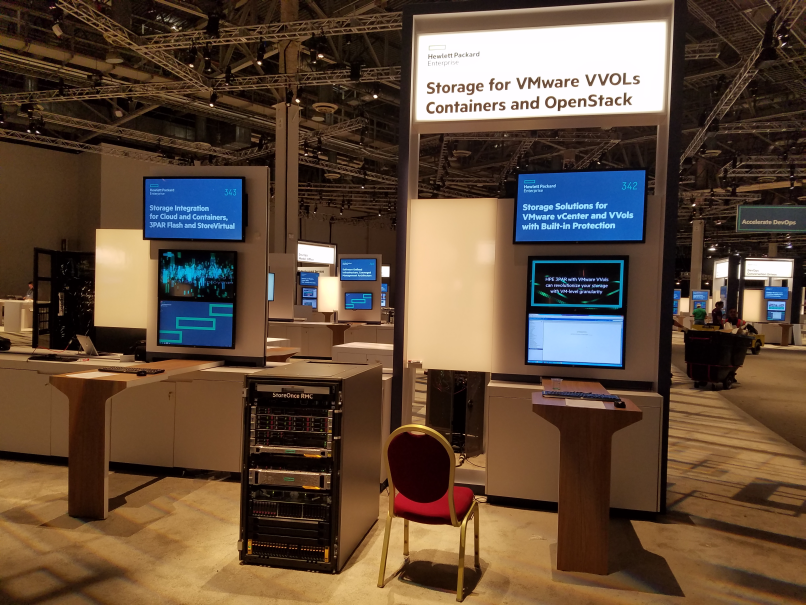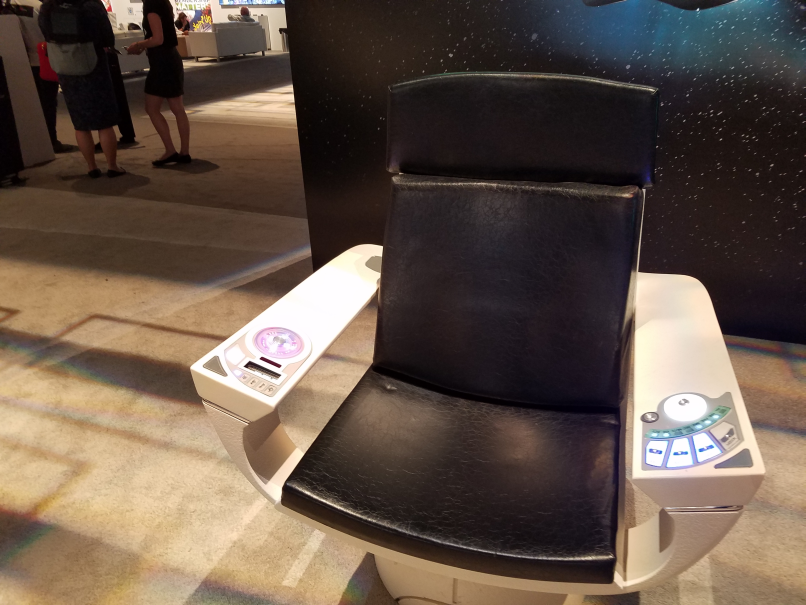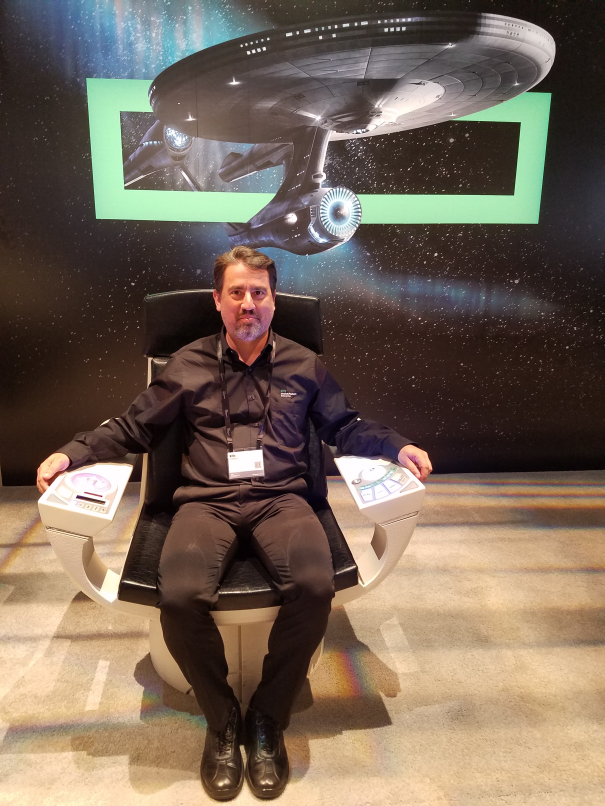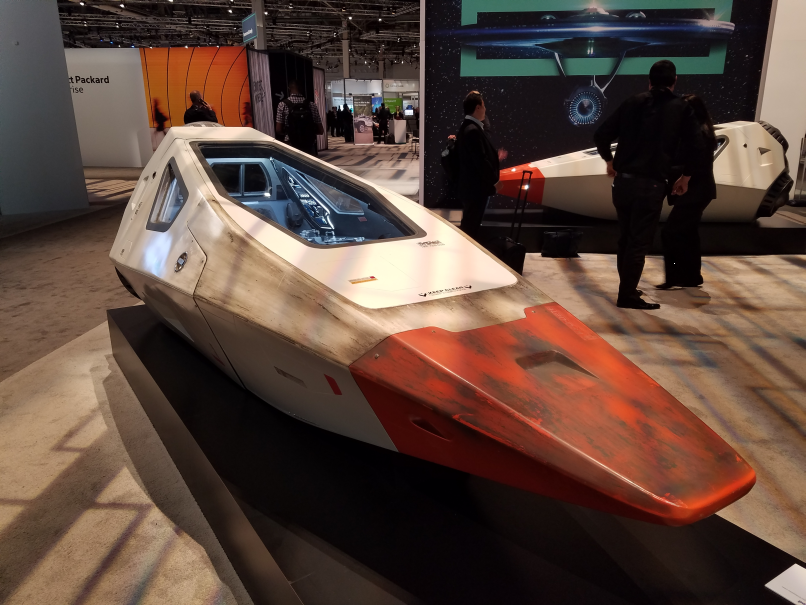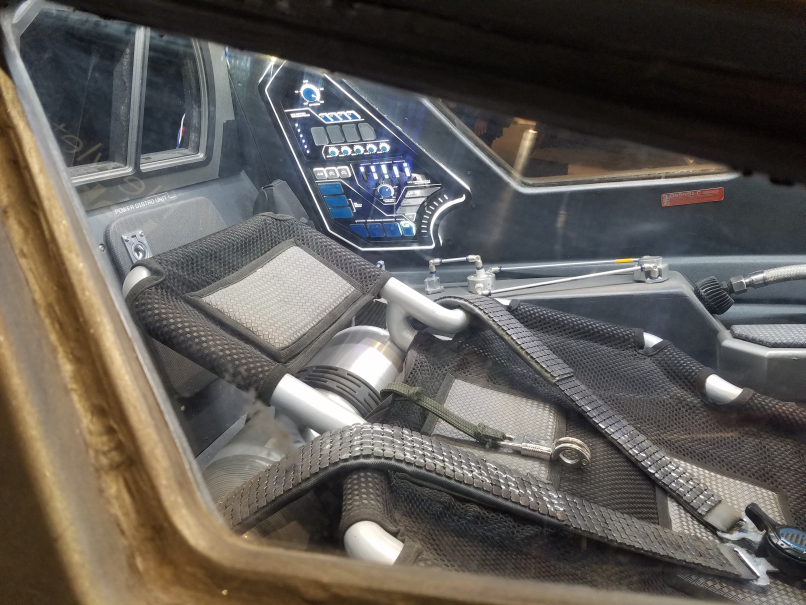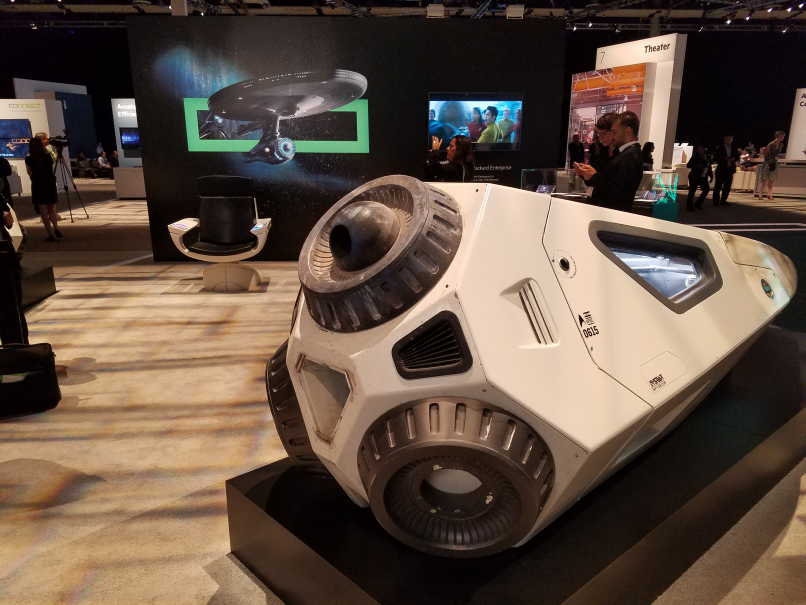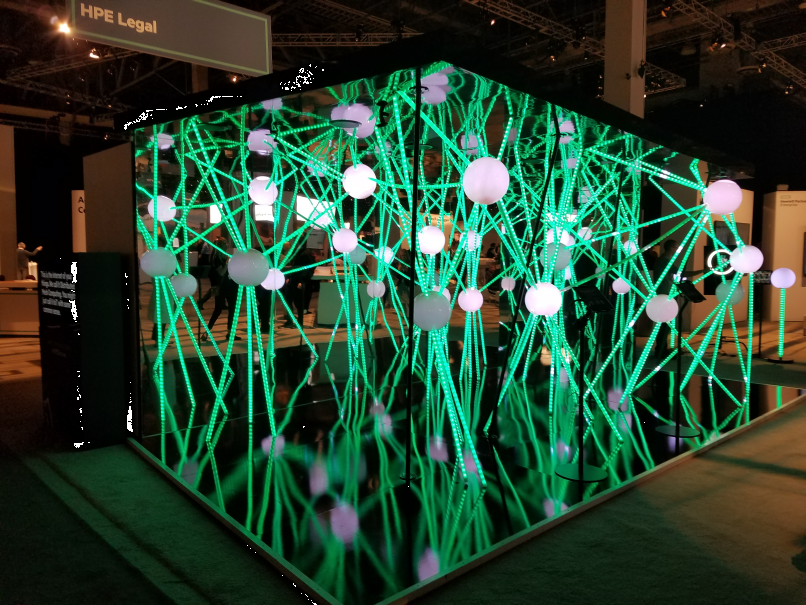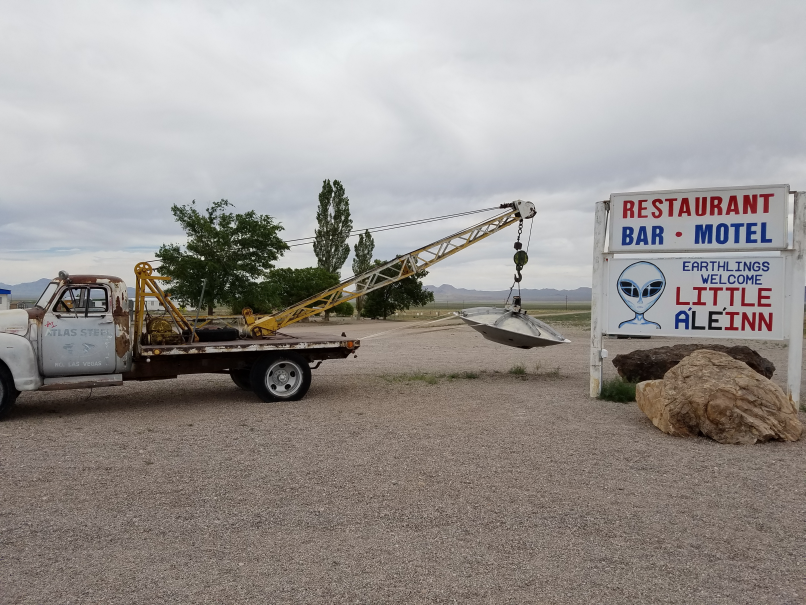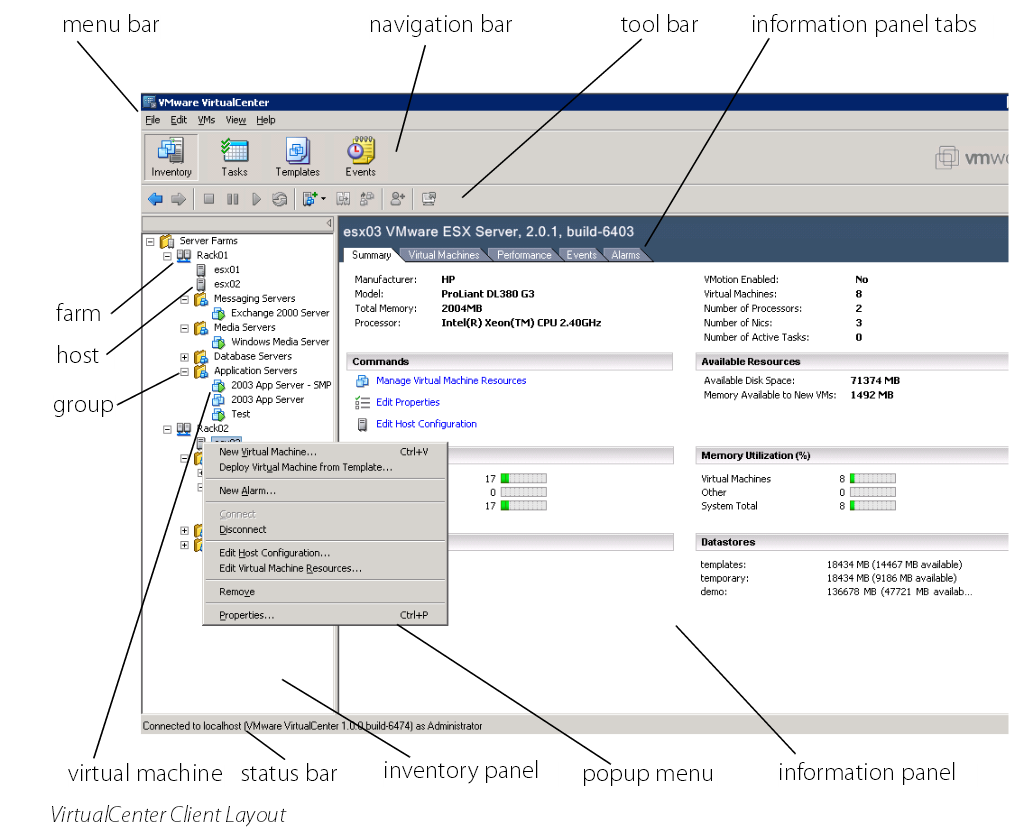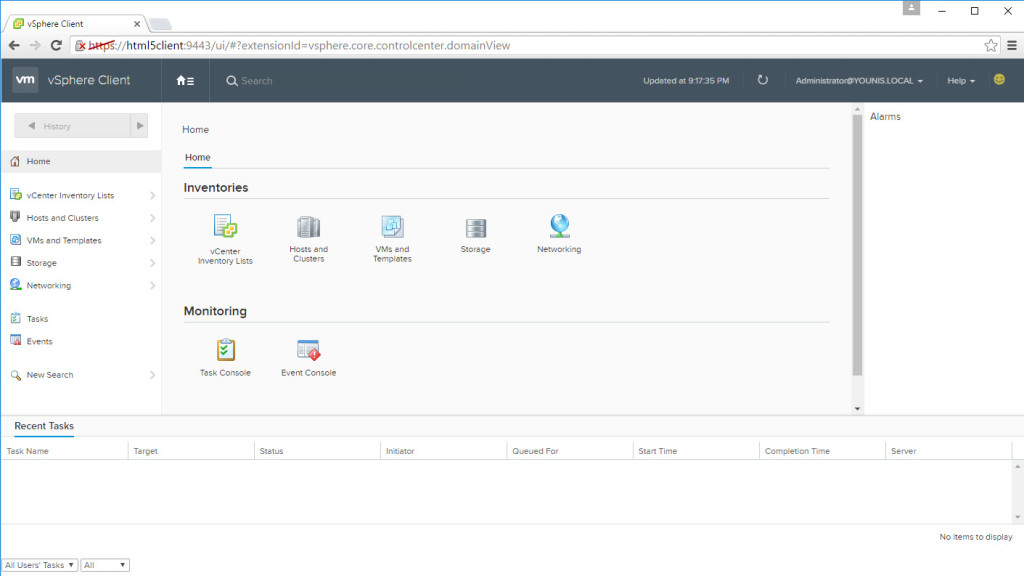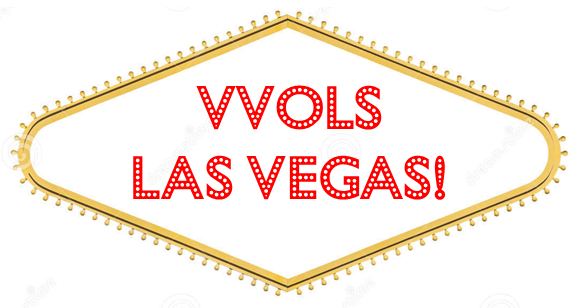 The VMworld Content Catalog has been published and I wanted to highlight the sessions on Virtual Volumes (VVols) and also the ones I found most enticing. Before I begin I wanted to highlight my own session, unfortunately the updated 2016 edition of the session I presented at VMworld last year, Top 10 Things You Must Know Before Implementing Virtual Volumes was not approved this year. It made it through the voting last year and it scored very well in the session reviews but for whatever reason it didn’t make it this year. My session was also full of technical content only not specific to any hardware vendor except for having some examples of showing the setup and config of VVols on 3PAR.
The VMworld Content Catalog has been published and I wanted to highlight the sessions on Virtual Volumes (VVols) and also the ones I found most enticing. Before I begin I wanted to highlight my own session, unfortunately the updated 2016 edition of the session I presented at VMworld last year, Top 10 Things You Must Know Before Implementing Virtual Volumes was not approved this year. It made it through the voting last year and it scored very well in the session reviews but for whatever reason it didn’t make it this year. My session was also full of technical content only not specific to any hardware vendor except for having some examples of showing the setup and config of VVols on 3PAR.
If you take a look at the vendor VVols sessions that did get approved you will notice that most of them had a VMware speaker attached to them so maybe that’s what I should have done as well this year. Oh well, what I ended up having to do is combine my session with another HPE session so at least you will get to see half of my session this year as a sponsor session. I promise you though despite being a sponsor session it will be very technical and educational.
Containers & VVols – a technical deep dive on new technologies that revolutionize storage for vSphere [9617-SPO]
- Garth Booth, HPSD VDU, Hewlett Packard Enterprise
- Eric Siebert, Solutions Manager, Hewlett Packard Enterprise
I’ll note another vendor session from SolidFire/NetApp that also did not make it through the voting and used their sponsor session slot.
Making SolidFire Invisible in your VMware Environment [9726-SPO]
- Josh Atwell, NetApp
So let’s move on to some VMware only sessions, you’ll notice Pete Flecha’s name on a lot of VVol sessions. Pete is a technical marketing architect at VMware who is focused on VVols who took over the role from Ken Werneberg who you might have remembered from last years VVols sessions. The first session I’ll highlight is a partner panel lead by Pete similar to the one last year but with a different focus area, transitioning to VVols (How not the Why). I’ve been invited to that one so I hope you can attend, I like this topic as I have done a lot of research on customer transitions to VVols and trying to learn their experiences with it. We pull a lot of metrics from our arrays via phone home capabilities so we have very good visibility into customer adoption of VVols.
Transitioning to VVols: Partner Panel [8619]
- Pete Flecha, Sr Technical Marketing Architect, VMware
The next session has been held the last few years at VMworld and is always a good one, here’s the link to last years session. Patrick Dirks leads the VVol development team, he co-presented with us one year on VVols and of course Pete is very technical as well so this one is a must see.
Virtual Volumes Technical Deep Dive [7645]
- Patrick Dirks, Sr Manager, VMware, Inc.
- Pete Flecha, Sr Technical Marketing Architect, VMware
This next session focuses on snapshots, while they did suck when vSphere was managing them, they don’t with VVols, attend this session to find out why. I managed the development of a whole technical paper on that topic if you want to find out more and can’t wait for the session.
Snapshots Suck: How VSAN and VVol fix all your operational nightmares [8159]
- Pete Flecha, Sr Technical Marketing Architect, VMware
- John Nicholson, Technical Marketing Manager, VMware
In this session Lee & Duncan cover VVols along with VAIO and VSAN, should be a good one to cover the basics on each topic.
Software Defined Storage @ VMware Primer [7650]
- Lee Dilworth, Principal Architect, VMware
- Duncan Epping, Chief Technologist, VMware
Finally these last 2 VMware sessions cover deploying database solutions on VVols, haven’t really seen anybody doing that yet so it will be good to hear about running tier-1 workloads on VVols.
Deploying SAP Netweaver and HANA with vSphere 6 and Latest Solutions in the VMware SDDC [7504]
- Bob Goldsand, Staff Partner Architect, VMware
- Vas Mitra, SAP Solutions Architect, VMware
Achieving Agility, Flexibility , Scalability and Performance with VMware Software Defined Storage (SDS) and Virtual Volumes for Business critical databases [7549]
- Sudhir Balasubramanian, Senior Solution Architect – Data Platforms, VMware
- Mohan Potheri, Sr Solution Architect, VMware
There are also 2 hands-on labs focused on VVols, one is self-paced, the other expert led.
Virtual Volumes and Storage Policy Based Management [SPL-1708-SDC-2]
Virtual Volumes and Storage Policy Based Management Workshop [ELW-1708-SDC-2]
- Ken Osborn
Here’s an interesting session that is more of a customer case study on a company that us using VVols for both server virtualization and VDI. It’s always good to hear real-world experiences instead of vendors and VMware preaching to you so be sure and check this one out.
VVol and Storage Policy-Based Management ? Is It Everything They Said It Would Be? [9054]
- Ben Bolles, VP Product Management, Pivot3
- Jeremiah Francis, Director, Information technology, Financial Advocates
The rest are all vendor sessions with a VMware speaker tacked on, as a vendor session your mileage may vary but hopefully they stay technical, neutral and educational. As every vendor has slightly different implementations of VVols it’s good to see what each vendor is doing.
High-Speed Heroics: Array-based Replication and Recovery for VMware Virtual Volumes [8694]
- Julian Cates, Sr. Technical Marketing Engineer, Nimble Storage
- Rawlinson Rivera, Principal Architect, VMware
Virtual Volumes: Why? [8422]
- Pete Flecha, Sr Technical Marketing Architect, VMware
- Rajib Ghosh, Consultant Product Manager, EMC
Virtual Volumes in a NetApp Environment [8144]
- Rhett Bigler, Vmware Technical Alliance Manager, NetApp
- Pete Flecha, Sr Technical Marketing Architect, VMware
Deploy Scalable Private Cloud with vSphere Virtual Volumes [8840]
- Pete Flecha, Sr Technical Marketing Architect, VMware
- Dinesh Singh, Solutions Marketing Manager, Hitachi Data Systems
The SDDC: Full Stack on vSphere 6.0 SAP Business Warehouse Powered By HANA, NSX, vRealize Operations,SDS-Virtual Volumes on Hitachi Unified Platform [8074]
- Bob Goldsand, Staff Partner Architect, VMware
- David Pascuzzi, Sr Solution Architect, Hitachi Data Systems



